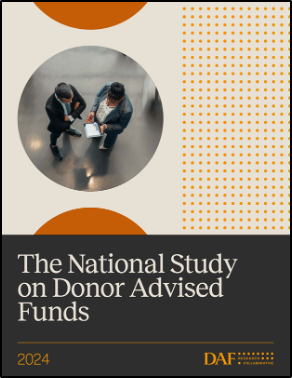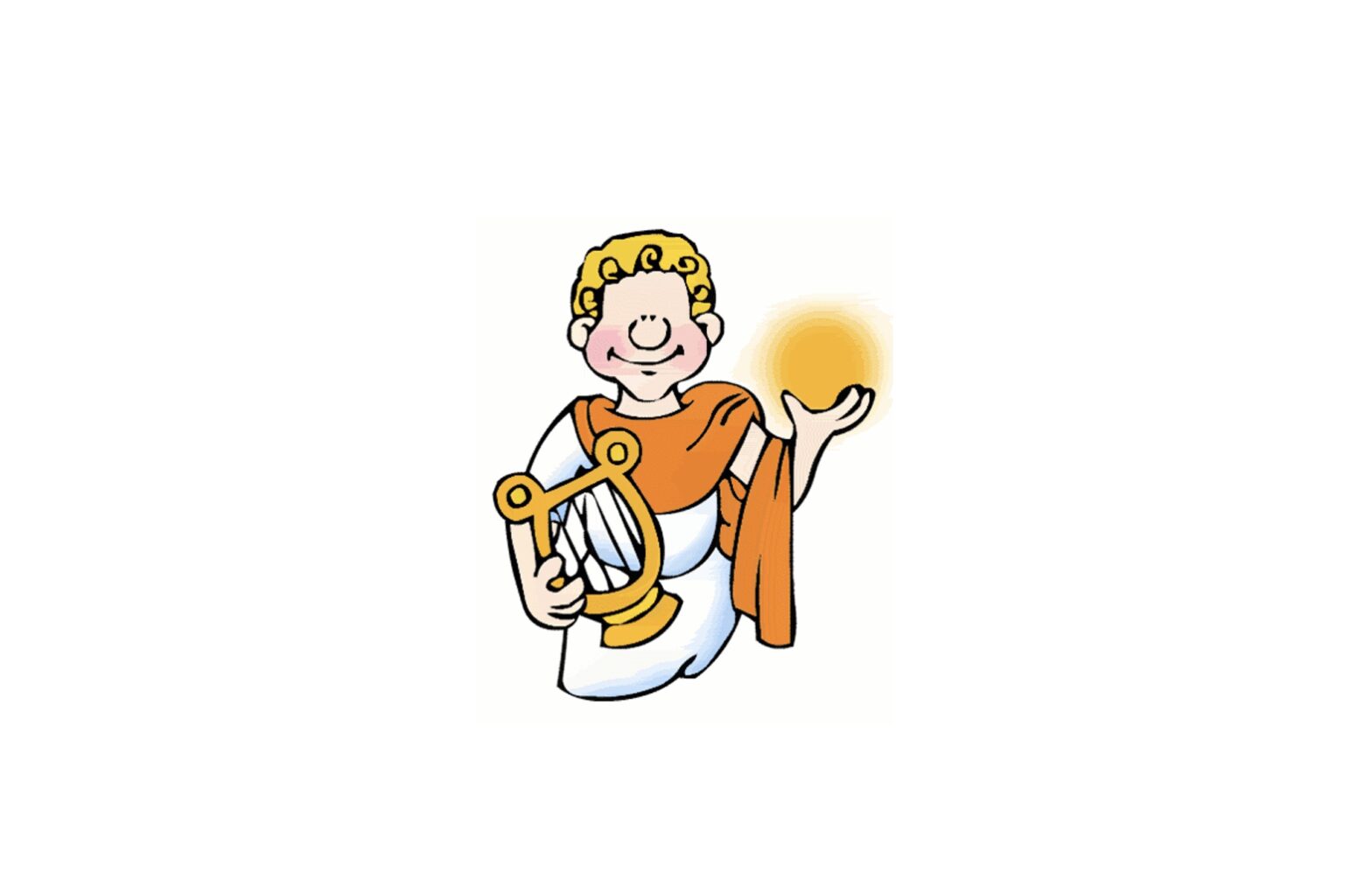Looking to glean what the rise of DAFs means for our troubled voluntary sector and civil society in general.
If transparency amounted to anything more than a self-serving platitude to America’s professional philanthropic class, the newly released National Study on Donor Advised Funds would make plain that this is a Bill & Melinda Gates Foundation-funded and -directed project.
The Gates Foundation doesn’t appear on the report’s cover or on its title page. Gates Foundation funding and involvement is not mentioned in any of the news releases, publicity, or news articles about the so-called “independent” report on donor-advised funds (DAFs).

The first mention of Gates Foundation involvement is alluded to in an opaque way in the report’s prefatory matter: “This report is based on research funded by the Bill & Melinda Gates Foundation.” What does that mean, “based on research” funded by the Gates Foundation?
Did the Gates Foundation fund this report or not? Why not acknowledge the foundation’s funding role in the report plainly, openly?
The authors of the report, the Donor Advised Fund Research Collaborative (DAFRC), characterize their Gates Foundation funding differently on their website in a FAQ: “The work was made possible by a grant from the Bill & Melinda Gates Foundation.”
Now we’re getting somewhere. The Gates Foundation funded the DAF report. The DAFRC is funded by the Gates Foundation. Why doesn’t the report say this upfront? Why does one have to go to the DAFRC website to find out whose funding their work in an obscure FAQ?
Finally, on page 69 of the DAF report, we get this: “This report is based on research funded by the Bill & Melinda Gates Foundation. … We especially thank Jasmine Morrow, our program officer, and Victoria Vrana, previously at the Gates Foundation, who shepherded this project in its early stages.”
Ah, okay, the Gates Foundation not only funded the report, it “shepherded”—in other words, it managed—the project from its early stages. Did the Gates Foundation also recommend Giving Tuesday as one of three DAFRC collaborators?
Giving Tuesday is acknowledged as one of three organizations behind the DAF report. Giving Tuesday, if it were a business, would be characterized as a wholly owned subsidiary of the Gates Foundation. In 2022, the Gates Foundation provided $10,000,000 of Giving Tuesday’s $13,000,000 in revenue. It has contributed more than $17 million to Giving Tuesday over the years, according to Foundation Directory.
Given that the DAF report is funded, directed, and produced by a collaborative that appears to be overwhelmingly—maybe, in the case of DAFRC, solely—funded by the Bill & Melinda Gates Foundation, in what sense is the National Study on Donor Advised Funds the product of independent academic scholarship? Why is it called an “independent” report? What makes it “independent” when its very existence seems to be dependent on the Gates Foundation? Why isn’t the Gates Foundation acknowledged proudly as the report’s funder and manager? Why isn’t the DAF report simply called what it is, a Gates Foundation study?
If philanthropy were any other industry—oil and gas, real estate, pharmaceutical, or tobacco, for example—an industry-funded study would be red-flagged and dismissed, its academics deemed conflicted sellouts, especially if the role of the industry funder—the puppeteer—is not made plain. If this were any other industry, the Gates DAF report would be characterized by media as simply another run-of-the mill, industry-funded “study” masking as academic research with the caveat: Reader Beware! In philanthropy, however, conflicted research is standard operating procedure. No one seems to notice.
The subterfuge regarding the Gates Foundation’s essential role in producing the report is indicative of the furtive DAF industry as a whole. Indeed, reading through the National Study on Donor Advised Funds, I found myself thinking that this entire exercise of “find the cookie in the cupboard” when it comes to DAFs is ridiculous. Why should we have to rely on industry-funded studies to better understand how the DAF tax-exemption is playing out? Why can’t we have an open and honest discussion about DAFs?
Of course, the Gates Foundation’s DAF report is not intended to enable a greater understanding of what’s going on in the DAF industry. Its opaqueness adds another layer of mystery for those looking to glean what the rise of DAFs means for our troubled voluntary sector and civil society in general.
The DAF report’s impressive and slick array of graphs, charts, callout boxes, academic biographies—all of the scholarly rhetorical devices—distract us from its real intent: to sell legislators and their staffs on the goodness of DAFs. It’s a rhetorical document meant to persuade, not enlighten.
Released to coincide with the annual migration of the professional philanthropic class to Washington, D.C., to lobby elected officials for industry-beneficial legislation, the Gates Foundation DAF report—otherwise known as marketing collateral—will be circulated to legislators and their staffs during the industry-funded Foundations on the Hill: “Make sure to bring copies of the DAF report to your legislators, we have extra copies on the tables near the breakfast buffet.”(*)
The report will be cited one day in the Congressional Record. It will become the topic of opinion pieces. Its facts will be repeated over and over by those who have a financial or ideological stake promoting preferential DAF legislation. No mention of the Gates Foundation’s role in funding and orchestrating the report will be recorded. The report’s findings will become a part of our diminished collective understanding of the goodness of DAFs.
Another central feature of the report—the second most important thing about this document other than its funder—will also seldom if ever be mentioned:
While the statistics cited throughout this report accurately reflect the findings from accounts included in the study, those statistics may be different than if the study had the data for all DAFs in the United States.
In other words, the report’s findings are not representative of DAFs in general. The report’s findings only pertain to the donor-account records included in the DAF study.
We can’t generalize about any of the report’s findings to say things like, based on this study, DAF accounts behave this way or that way. Indeed, the sampling is just enough to persuade and mislead regarding what’s really going on in DAF accounts generally. It reduces and particularizes our knowledge; it doesn’t expand it. The DAF report gives us partial and limited insight promoted, wittingly and unwittingly, as the whole truth.
The report itself is a mere sampling of DAF accounts, over 50,000. But there are over two million DAF accounts in the U.S. The report samples accounts from 111 DAF-sponsoring organizations. The National Philanthropic Trust (NPT), on the other hand, annually provides data on more than 1,830 DAF-sponsoring charities.
National DAF sponsors included in the Gates Foundation DAF report account for a mere 1.6% of the national DAF sponsors reported on by NPT. The Gates Foundation DAF report is not a robust sampling, even if it’s the largest sampling of individual DAF accounts heretofore. A large sampling in itself doesn’t make the findings indicative of DAFs in general.
Moreover, we don’t know which national DAF sponsors are included in the data. Is Fidelity Charitable included? Is the Silicon Valley Community Foundation included? Are the largest DAF-sponsoring institutions, in other words, included in the report’s sampling? We don’t know.
We do know that the study’s authors did not include 63 DAF accounts over $100,000,000. They were removed by the sponsoring charities to protect donor anonymity. The accounts are so large, apparently, that their owners would be easily identified. Is this a statistically significant body of data? If this were a real study, statistical anomalies would have to be accounted for. But this is a rhetorical sampling, not a representative study.
The largest statistical outliers in DAFs, of course, are of greatest interest. By virtue of scale, their potential to influence overall DAF performance and to act as warehouses for tax-advantaged charitable dollars is much greater. Like all philanthropic enterprises, the largest organizations have the greatest potential to do both good and ill.
Headlines and news stories from the professional philanthropic class about the National Study on Donor Advised Funds and its findings already inaccurately generalize about how DAFs operate and their positive influence on charitable giving: “New Report on Donor-advised Funds: Democratizing Giving and Accelerating Impact,” the Philanthropy Roundtable characteristically enthuses online.
This is an unfortunate characterization of the study. Nevertheless, in it, we see plainly the rhetorical thrust of the Gates Foundation’s DAF study and the inclusion of its nonprofit subsidiary Giving Tuesday in its production: to convince legislators and anyone paying attention that when it comes to philanthropy, the differences between the interests of the Bill & Melinda Gates Foundation and the average American donor are a matter of degree, not kind.
By preserving the tax privileges of Big Philanthropy, the Gates Foundation through its subsidiary public-relations groups Giving Tuesday and the Donor Advised Fund Research Group, try to convince us that the interests of all Americans are somehow served. Or, as journalist Timothy Schwab has put it, they attempt to connect generosity with philanthropy in the public imagination: “to collapse the yawning divide between Big Philanthropy and small philanthropy, presenting billionaire giving as little different from the small charitable gifts that the rest of us make.”
No one outside of the Washington beltway believes this, of course. Yet, it is the story that the insular professional philanthropic class broadcasts and tells itself. Its patent disconnect with reality contributes to the growing distrust that average Americans express toward philanthropy and philanthropic institutions.
A more honest and transparent headline announcing the National Study on Donor Advised Funds would read: “Gates Foundation Marketing Glossy Report on DAFs, Released Just in Time for Big Philanthropy’s Annual Lobbying Event.”
—
* The United Philanthropy Forum, the parent organization of Foundations on the Hill, has received $1.35 million from the Gates Foundation over the years, according to Foundation Directory. Foundation Directory does not record any contributions since 2015.




